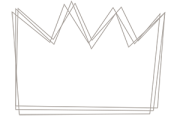Affondi. Emersioni in profondità.
Wine has already been paired with art, with music, and with cinema, yet now the time has come for “wine and books”. “Affondi, Emersioni in profondità” a new editorial project by Massimo Piccin, patron of Podere Sapaio, is a metaphor for thought in continuous realization.
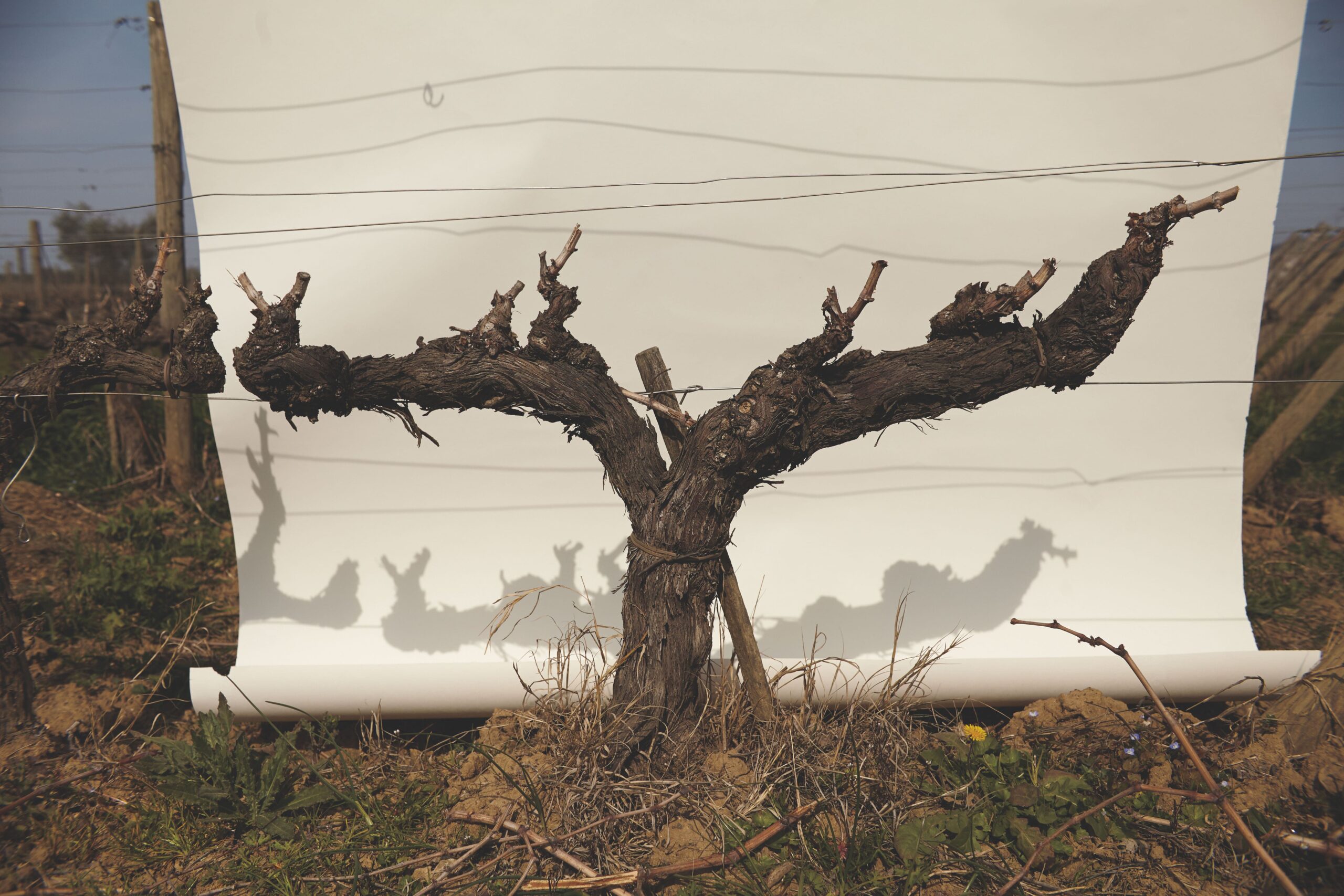
Wine has always been a great source of inspiration for the art world, an essential combination. In turn, the arts also have the innate power to influence the world of wine, as well as its actors. This is precisely the case of Massimo Piccin, a winegrower with an eclectic and curious soul who, over the years, has broadened his collaborations, often following little-explored paths.
Over the years, his wines have interacted with the world of video art, painting, street art, music and more. But it is photography in particular, due to its spontaneity and immediacy, that has always fascinated him, and it is for this reason that he has often looked to the photographic image to interpret and bear witness to his experiences.
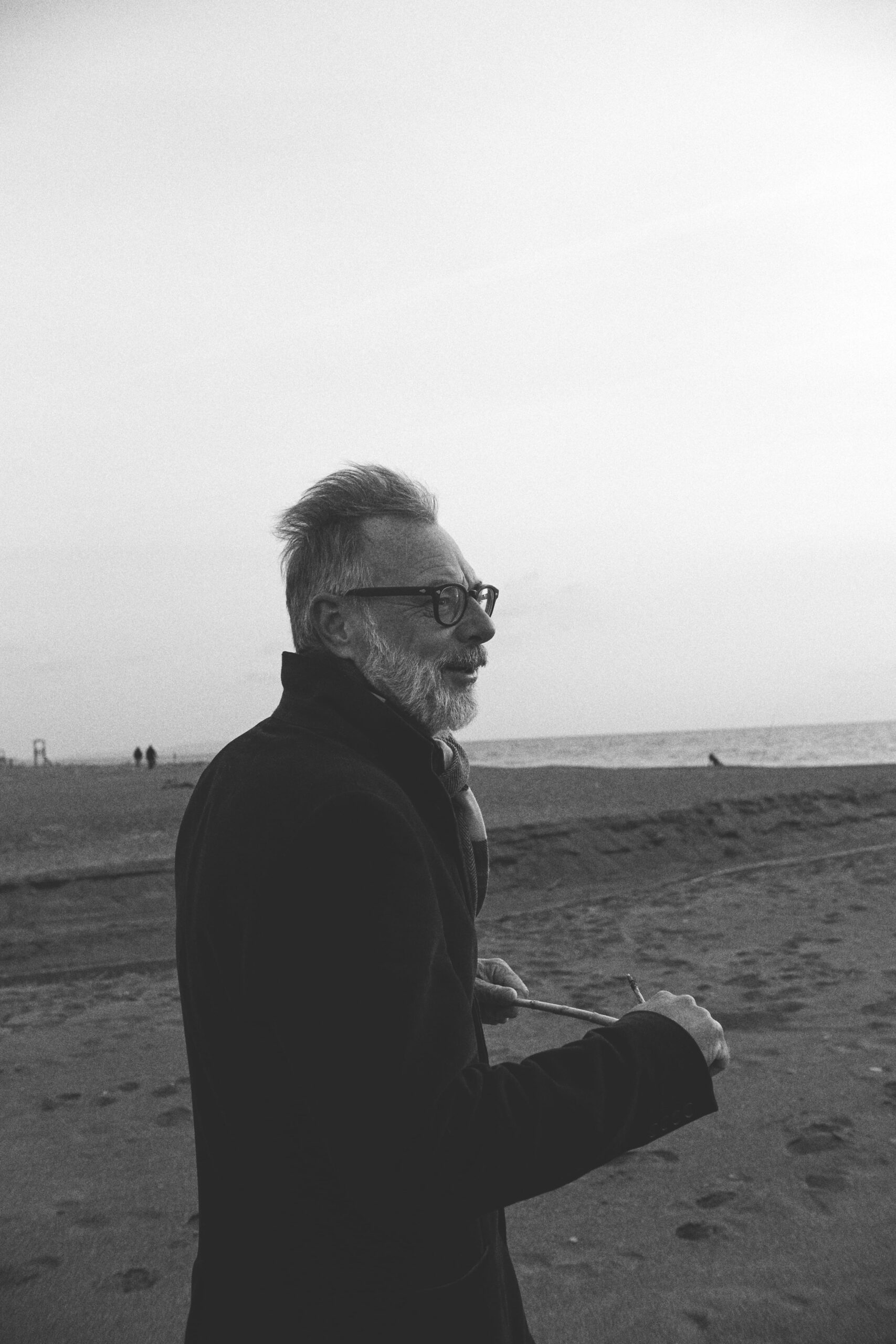
Massimo Piccin | Podere Sapaio |Ph.Alan Chies
A personal quest, without borders, that has led him to explore territories that appear to be distant from that of wine, but that are in some way similar to his philosophy of life and work.
Now for the first time, with “Affondi. Emersioni in profondità”, research materializes into something even more tangible: here the photographic image becomes a book.
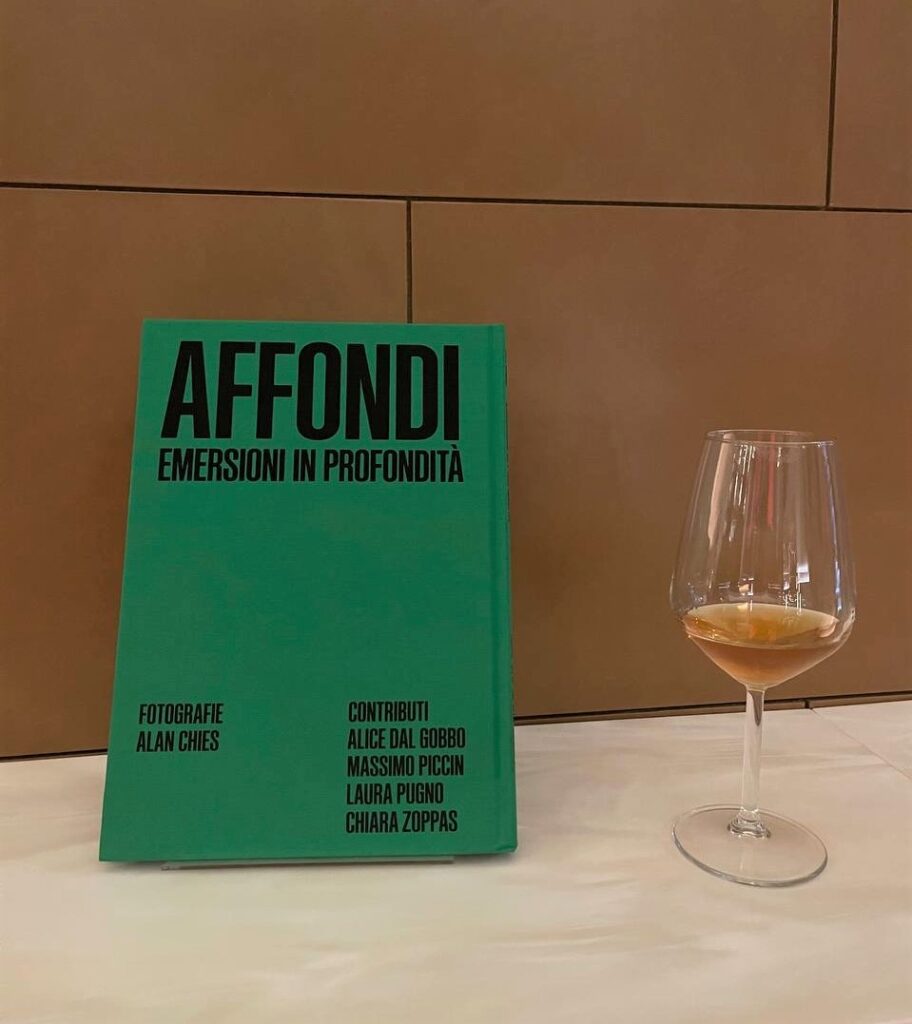
Libro Affondi
And what is more beautiful, in an era such as this, which is ruled by the web – that proposes form and content that is almost too mercurial, flickering by at the click of a mouse – than to create something that is still tangible and “resistant” to the passage of time as only a book can be?
But how did this project come about? What does it represent and what new meanings does it aim to convey?
Let’s go back to the beginning.
Take a visionary winemaker, a photographer who thinks outside the box, and a fan of visual languages, sit them down for lunch in a trattoria steeped in authenticity and tradition, and let them spend a few hours together, maybe accompanied by a few glasses of fine wine.
It’s surprising what can happen.
It was early 2022 and Massimo Piccin, the eclectic owner of Bolgheri’s Podere Sapaio winery, always on the look out for interesting projects, began to feel a growing urge to get involved in a new creative research experience. So, on a bright winter Sunday, he decided to sit down and have a chat with photographer Alan Chies and the author, who not only has a deep passion for the visual languages, but also works in the field. A good red wine, a few snacks, and reflections gradually began to materialize into stimuli.
By the end of the day, a decision had been made:
“We’re going to create a photographic book that will be a metaphor for new thought, a new vision of the relationship between man and nature and their connections, through images that become signs and then symbols, that interpret new thoughts, actions and relationships”.
Massimo Piccin was first introduced to such themes in a book he had read years earlier by the writer Laura Pugno, or perhaps through meeting the author herself at Rome ‘s Rimessa Roscioli at the presentation of her book “In territorio selvaggio”, which references Gilles Clement, agronomist, biologist, “enlightened” writer and landscaper, as well as author of “Manifesto del Terzo Paesaggio” (Quodlibet 2004). A text that many have described as “revolutionary”, in that even at the time of its publication in 2004, it introduced a new and different way of looking at the environment, redefining areas of biodiversity, the aesthetics of the landscape and ways of designing it. Clement’s work focuses on nature and how it takes over its own spaces, and on the concepts of “abandoned” or “uncultivated” – not as a natural place to protect, but with which to coexist. A place marked by original imperfection, where evolution is quick, where there are various encounters between different species, recurrent imbalances, and indecision reigns.
On that famous Sunday at the trattoria Massimo, Alan and I began to think about concepts such as “adaptation”, “connection” and “resistance”, about alternative living systems and relationships immersed in nature. The reflections became deeper and deeper, and the paths more dynamic: we were moving out of the paradigm, out of “imposed” boundaries, reaching new ways of evolution.
We wanted to represent a new vision of ecology, not only as a sustainable practice, but as a real synergic relationship with the non-anthropocentric environment, therefore equal and disposed to listen, in which man, in his life cycle, behaves like the environment and gives back to it the same energy that he has borrowed.
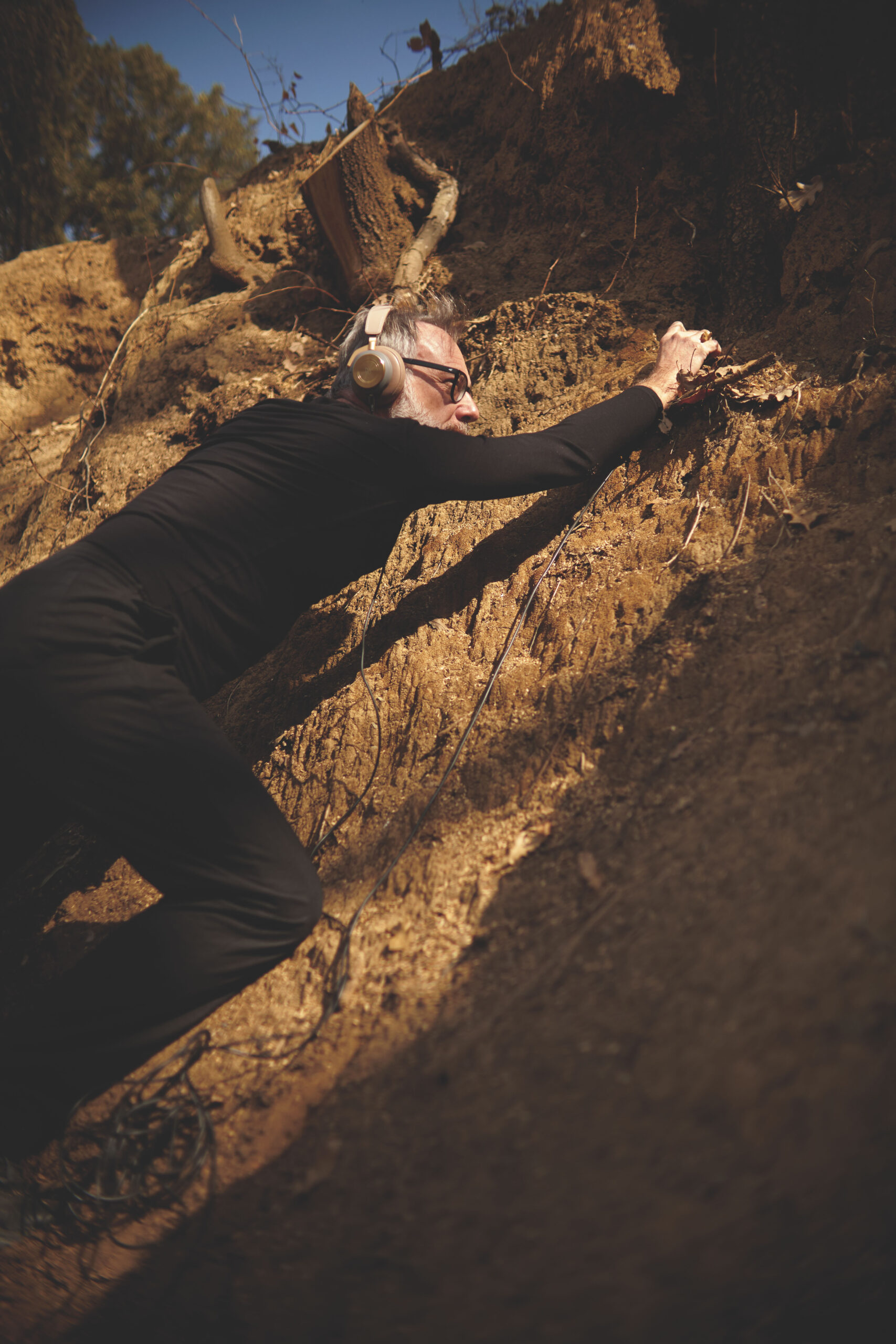
Da “Affondi. Emersioni in profondità | Ph. Alan Chies
We discussed concepts such as native and non-native plants, indigenous flora and wandering plants, focusing on the latter – so feared by local purists, also known as “alien” plants because they came from elsewhere, able to redistribute themselves according to their abilities and strength – to preserve biodiversity.
This “Planetary agitation” as a result of the incessant movement of winds, of sea currents, of movements around the planet had literally conquered us; we were ready to shoot.
The photos were mainly taken in the areas of Bolgheri/Castagneto Carducci (LI) and Isola del Giglio, places where Massimo, with Podere Sapaio, cultivates his own vineyards – on the mainland, the two Bordeaux reds Sapaio and Volpolo and, on the Island, the ansonaco Le Secche del Paradiso dei Conigli. We chose a time of the year in which most of the plants are still dormant – it was March, winter was over and we were heading towards spring – yet with hints of rebirth, as represented by some photos taken at the beginning of May, which show the first blossoms of Giglio’s wild plants.
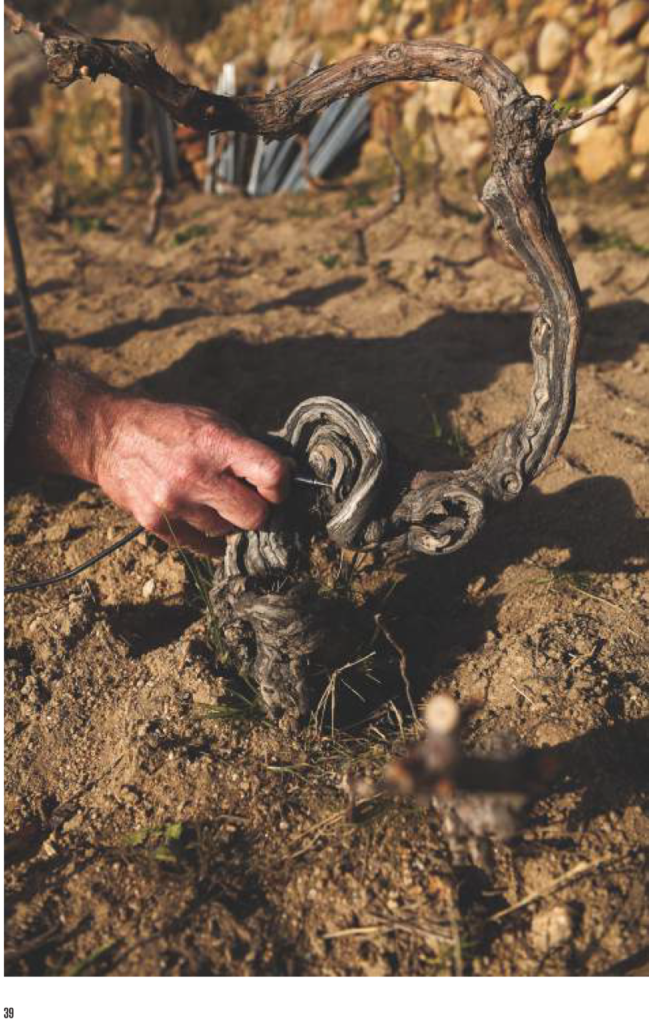
Da “Affondi. Emersioni in profondità | Ph. Alan Chies
An intimate, wild, sometimes crude reading, that of the photographer Alan Chies, born in 1977 in Cuneo, but Milanese by adoption who, without following an apparent form of pre-established montage, just like the unexplored paths of wandering plants, captures the topical moment of change in continuous realization.
The images for the most part represent that wild and unanthropic identity which both the land of Bolgheri and Giglio have never lost. The environment, shaped daily by atmospheric events and animal behavior, left free to live and survive. Spaces not bound by rules.
And then bodies (or a rather body, because it is Massimo himself who becomes the subject and co-star of the book itself) that connect to the environment through observation, listening, introspection, only to in turn become systems of meaning capable of producing significance and change.
The project “Affondi, Emersioni in profondità” has thus become a search for the “unseen”, and a reflection on the human and non-human being, who in the apparent calm redesigns the landscape, acting in uncertainty.
in the end, this rich photographic project is completed by some precious textual contributions. First of all, Laura Pugno herself – author of the book “In territorio selvaggio” from where everything began – wrote an introduction that not only perfectly grasps the meaning of the research, but also expands upon it, to include “other” meanings from outside the paradigm.
Pugno, a poet, essayist and writer who recently published the contemporary fairy tale Melusina – that was illustrated by Elisa Seitzinger (Hacca) – has, over the years through her writing revolved around the themes of the wild in its manifestations, also questioning the concept of “the body as a place of the wild”. Her novels include “La ragazza selvaggia”, “La metà di bosco” and “Sirene”.
The contribution of sociologist Alice Dal Gobbo (University of Trento) is a very personal reflection that is deeply linked to the places represented, and which focuses on her academic research regarding ecological practices in particular. Finally, there is a brief semiotic analysis of the images, conducted by the author – a semiologist with a passion for visual languages – with the contribution of the sociologist and semiologist Federico Montanari (University of Modena and Reggio Emilia).
After a year of research, the book went into print in February 2023. Due to the care with which it was edited, the choice of materials used, and the fact that only a limited number of copies have been published, this book could almost be considered an “artisanal” object, to cherish and meditate upon over time. Just like the Sapaio that Massimo Piccin produces, a wine that envelops excellence within profound and constant care and, above all, in the value of time.
Affondi. Emersioni in profondità is an idea by Massimo Piccin.
Photographs by Alan Chies.
Written contributions by: Laura Pugno, Chiara Zoppas, Alice Dal Gobbo, and Massimo Piccin.
Graphic design and Editing: Federico Barbon. Printed by Grafiche Veneziane
Chiara Zoppas | Semiologa, Consulente di Comunicazione
Articolo di Chiara Zoppas tratto dalla Rivista OINOS-Vivere Di Vino-n.37 | pag.28
The project “Affondi. Emersioni in profondità” was presented on 29 March in the magical setting of Palazzo Strozzi by the philosopher, author, and oenologist Gaetano Saccoccio (Rimessa Roscioli|Rome).
Click on the link for the evening’s highlights and selected speeches by those who contributed to the event:

Presentazione “Affondi. Emersioni in profondità” a Palazzo Strozzi Gaetano Saccoccio | Laura Pugno | Alan Chies | Massimo Piccin
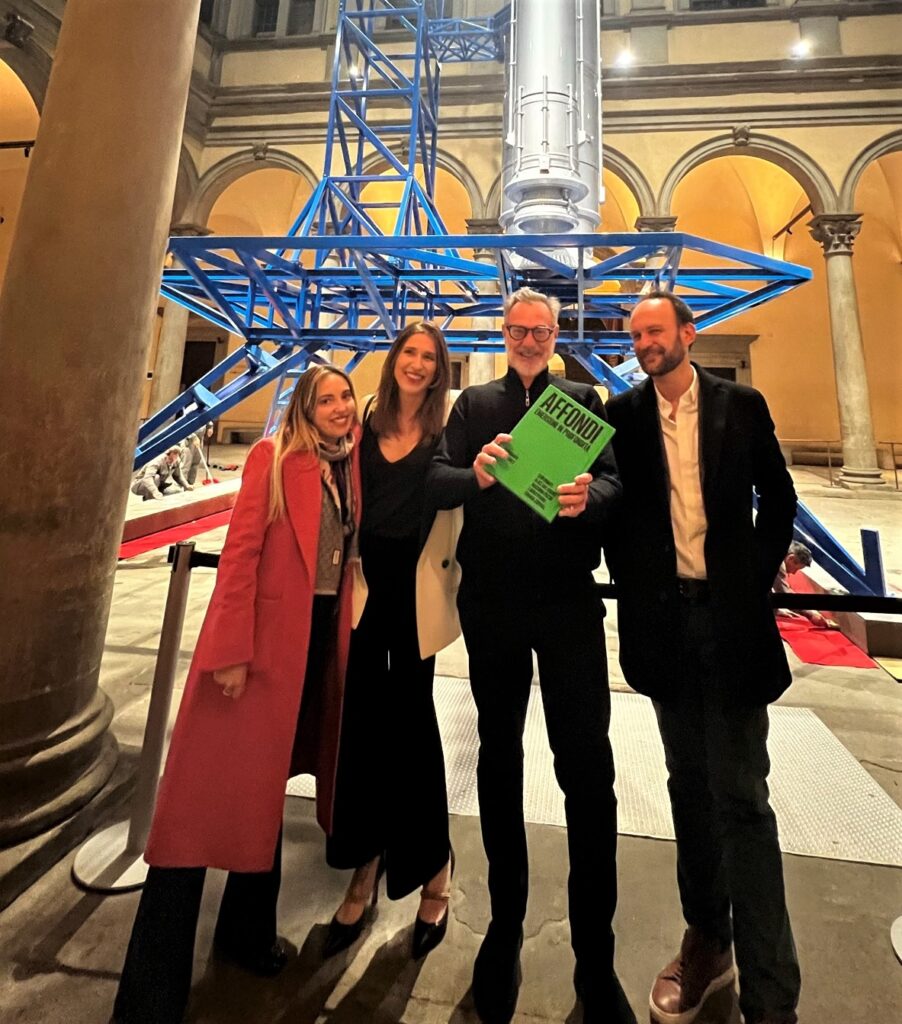
Massimo Piccin | Chiara Zoppas con Riccardo Lami ed Egle Castellana di Palazzo Strozzi
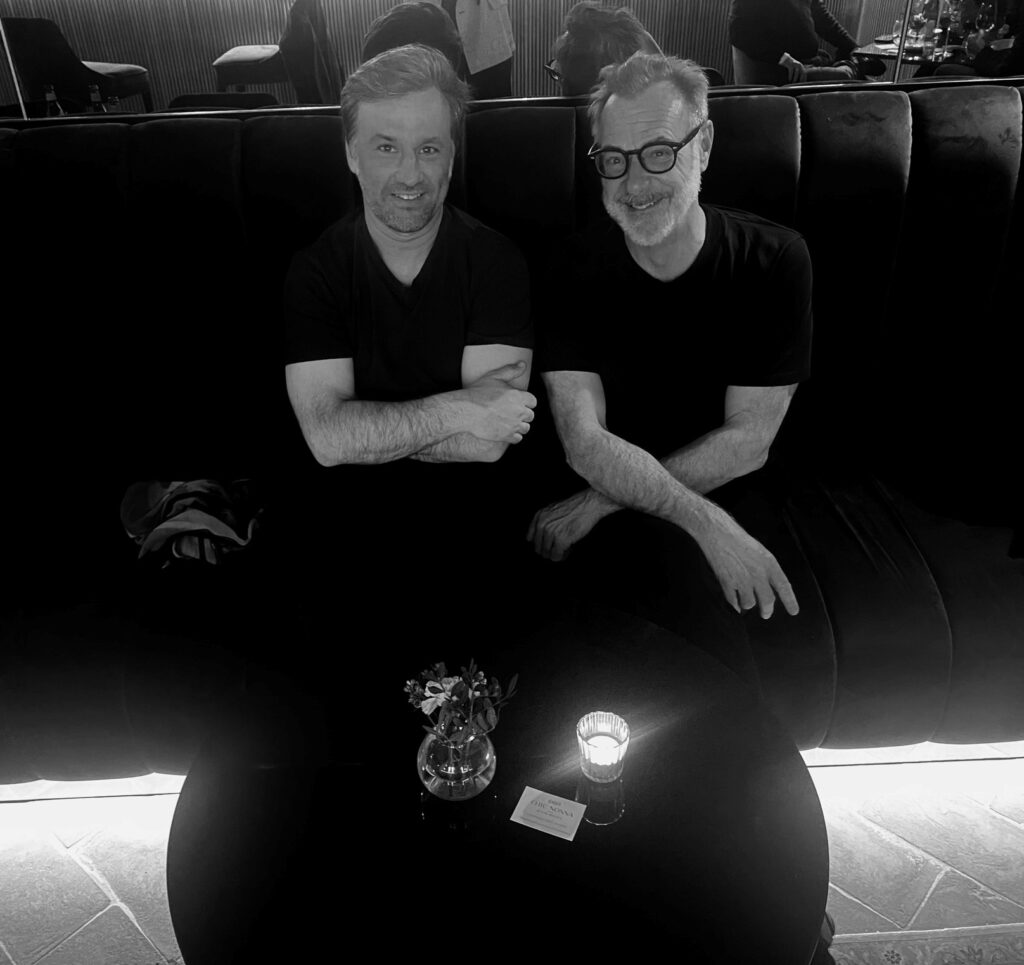
Alan Chies | Massimo Piccin
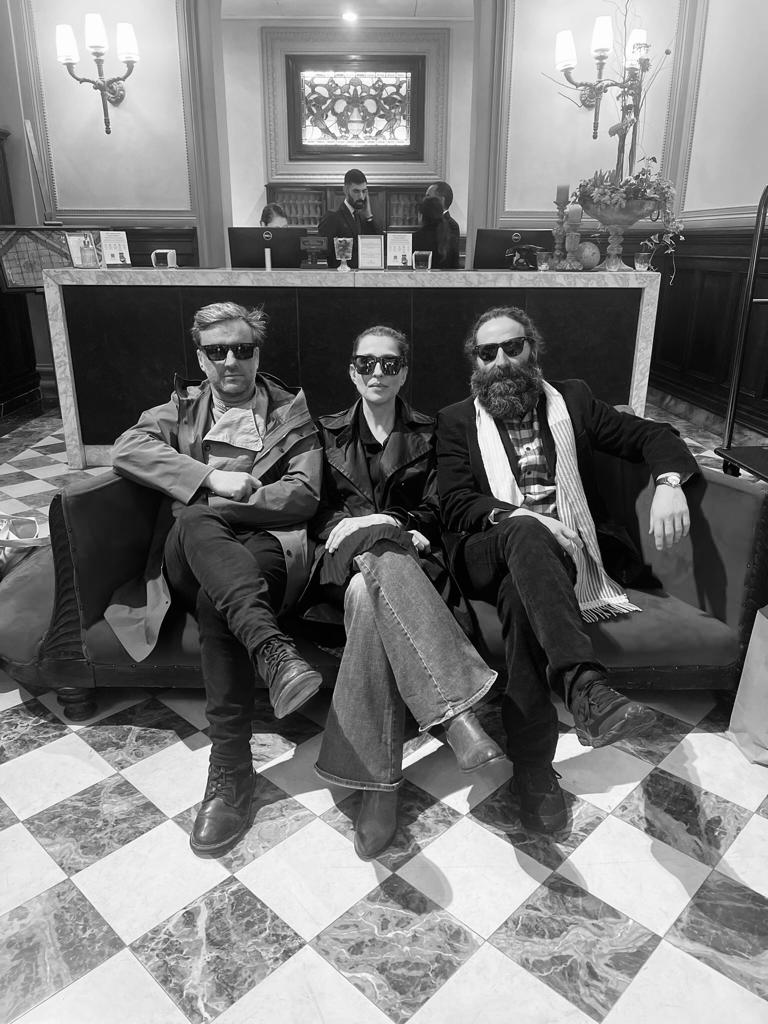
Alan Chies | Chiara Zoppas| Gaetano Saccoccio
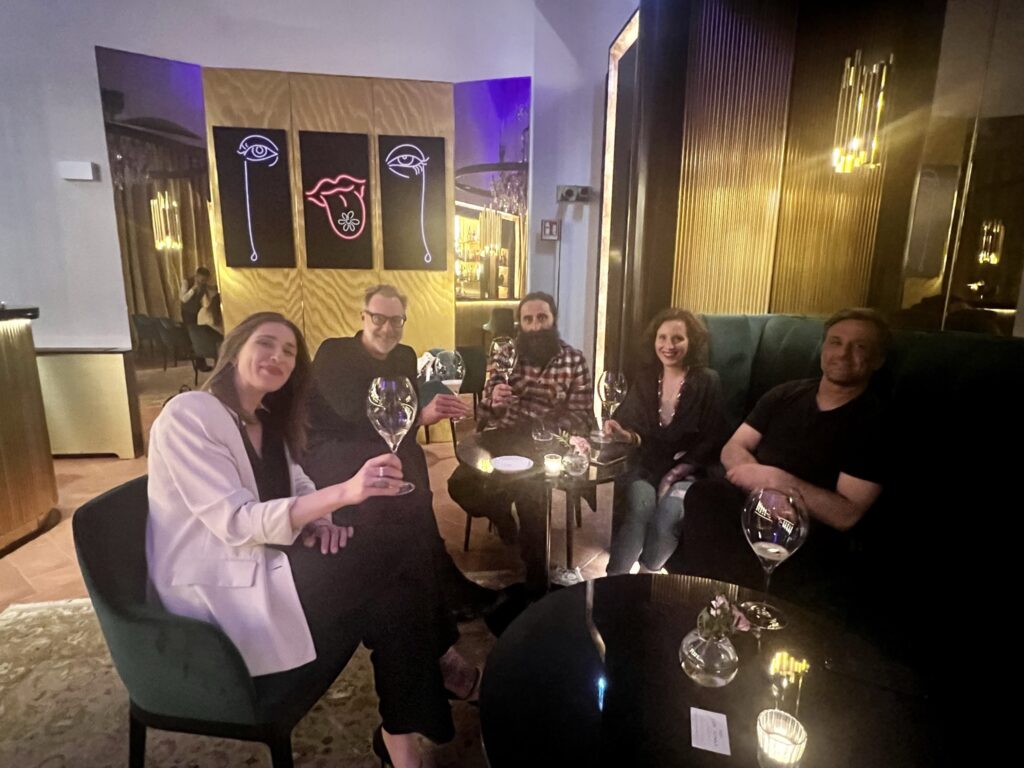
Chiara Zoppas | Massimo Piccin | Gaetano Saccoccio | Alice Dal Gobbo | Alan Chies

